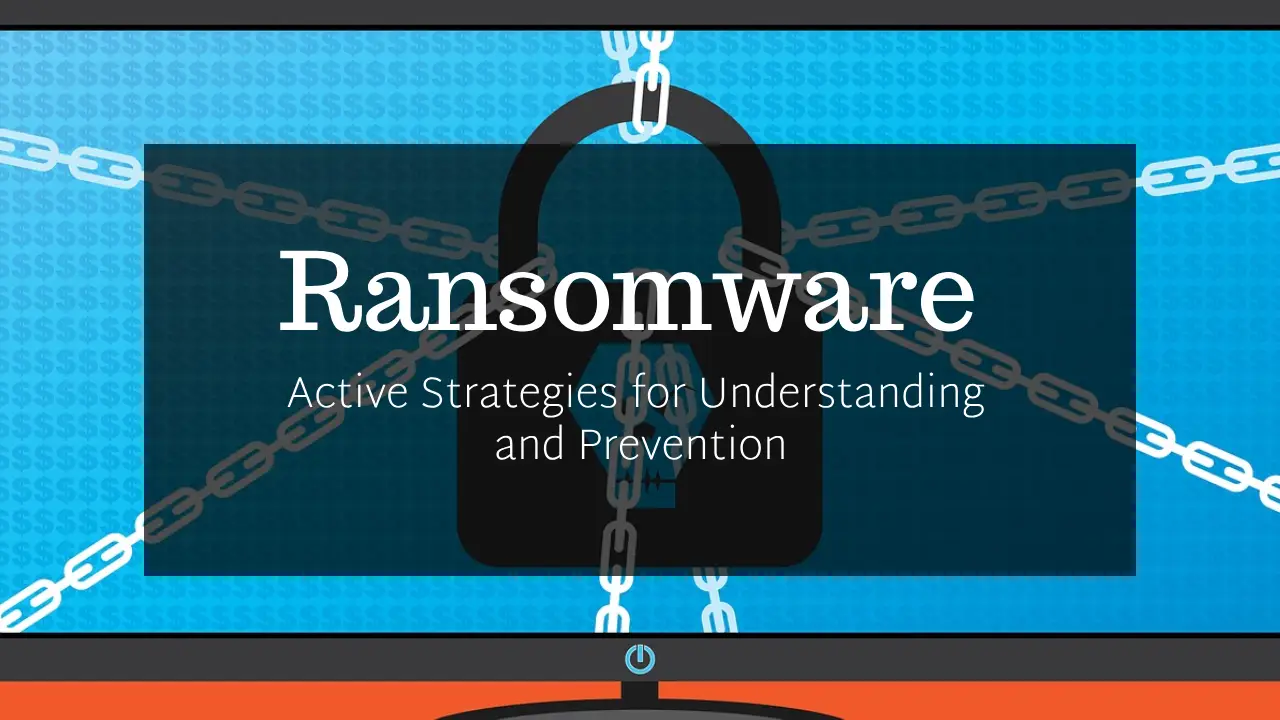In our digitally-driven world, ransomware stands as a formidable adversary against both individuals and businesses. This comprehensive guide actively delves into the intricacies of ransomware attacks, unraveling their mechanics, and impacts, and detailing dynamic strategies for their prevention and response.
Unmasking Ransomware
Ransomware, a malicious software type, encrypts a victim’s files and demands a ransom for their decryption. Its evolution has been profound, especially with the rise of cryptocurrencies facilitating anonymous transactions, leading to a surge in these attacks.
Ransomware’s Journey Through Time
Tracing its roots to the late 1980s, ransomware began as a mere nuisance. However, it has morphed into a significant threat by the mid-2000s, growing in sophistication and impact.
Decoding How Ransomware Operates
An attack typically unfolds in distinct stages:
- Initial Breach: Phishing emails, malicious websites, or network vulnerabilities serve as common entry points.
- Encryption Phase: The malware, once inside, encrypts files, locking out users.
- Ransom Demand: Victims then face a demand for payment, typically in cryptocurrency, for a decryption key.
- Time-Sensitive Threat: A deadline intensifies the situation, often with threats of increased ransom or permanent data loss.
Assessing the Impact of Ransomware
The reach of ransomware extends far and wide:
- Financial Toll: Costs include the ransom, operational downtime, and data recovery expenses.
- Breach of Confidentiality: Sensitive data falls at risk of exposure.
- Brand Damage: Companies suffer a loss in customer trust and brand integrity.
- Legal Repercussions: Failing to safeguard customer data can lead to legal penalties.
Dynamic Prevention Techniques
Combatting ransomware demands a multifaceted strategy:
1. Empower Through Education
- Consistent Training: Regular sessions keep employees informed about cybersecurity threats.
- Simulated Phishing Exercises: Routine tests maintain alertness against phishing.
2. Fortify with Strong Security Measures
- Update Antivirus Tools: Ensure antivirus solutions are current and robust.
- Deploy Firewalls: Firewalls act as a first line of defense against unauthorized access.
- Stay Updated on Software: Regular updates to software close off vulnerabilities.
3. Secure Data Management
- Routine Backups: Regular, secure backups of data, ideally off-site or on the cloud, are crucial.
- Backup Validation: Regular tests confirm the effectiveness of backups.
4. Enhance Network Security and Control Access
- Segment Networks: This strategy limits ransomware spread.
- Apply Access Restrictions: Grant access based on the least privilege principle.
- Enforce Two-Factor Authentication: This adds a layer of security beyond passwords.
5. Maintain Vigilance and Plan Responses
- Continuous Surveillance: Advanced tools detect unusual activities signaling potential attacks.
- Develop an Incident Response Strategy: A well-defined plan outlines response steps for an attack.
Active Response to Ransomware
If confronted with an attack:
- Isolate the Problem: Cut off affected devices from the network immediately.
- Identify the Ransomware Type: Some variants have known decryption solutions.
- Seek Expert Advice: Cybersecurity experts can offer crucial guidance.
- Utilize Backups: Restore systems using backup data whenever possible.
- Inform Authorities: Reporting the incident can aid in broader prevention efforts.
The Evolving Face of Ransomware
As technology advances, ransomware also adapts, becoming more sophisticated. The future demands constant vigilance and adaptability in cybersecurity strategies.
In Conclusion
Understanding and preventing ransomware attacks requires an active, informed approach. By employing comprehensive strategies and maintaining a stance of constant vigilance, individuals and organizations can significantly fortify themselves against these digital threats, safeguarding their data, financial assets, and reputations.




